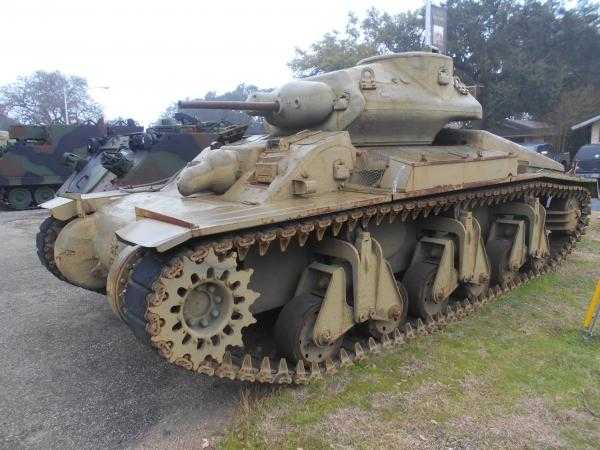
The hull was cast as a single piece, as was the turret a technique not used on the hull of any other tanks of the era. The design used existing parts where available from other tank designs, simplified where necessary to match the machining capacity present in Australia.
Sentinel tank force serial#
Manufactured by the New South Wales Railway Company, fabrication took place at Sydney's Chullora Tank Assembly Shops with serial production vehicles emerging in August 1942, the premises also being used as a testing ground. The Australian Cruiser tank Mark 1 (AC1) was designated "Sentinel" in February 1942. By 1942, attempting to keep pace with German tank developments, the design specification had become more like an American medium tank, resulting in a heavier design and a higher silhouette profile.

Like the Canadian Ram, the Australian Cruiser was to be based on the engine, drive train, and lower hull of the American M3 Medium tank, mated to an upper hull and turret built closely along the lines of a British Crusader. Watson MC, an artillery officer with many years of tank design experience was provided by the UK. Due to a lack of home grown experience in tank design, a mission was sent to the US to examine the M3 design and Colonel W.D. The pitch-finals competition will take place on March 4, 2022, at the Air Force Association’s Aerospace Warfare Symposium in Orlando, Florida.When design work began in November 1940, the AC1 was originally intended to be a 2 pounder gun-equipped vehicle, a true Cruiser tank, with a weight of between 16 and 20 tonnes. Finalists will be announced in January 2022. Innovation submissions are due via GAIN no later than close of business, Oct. GAIN allows personnel to share ideas, critique submissions, and vote on the most promising solutions. To enable participation, interested members will submit ideas through the recently launched Guardian and Airmen Innovation Network portal.


“These risk-takers, idea makers, and entrepreneurs reject the status quo, instead they seek inventive answers that improve how our jobs are done.” “Spark Tank offers a great opportunity to highlight the innovative spirit of our Airmen and Guardians,” said William Gautier, Spark Tank director. The awards are designed to encourage innovation development, talent retention, and speed up adopting emerging, game-changing technologies that impact the Air and Space Force. Justin Bauer from the 355th Fighter Wing at Davis-Monthan Air Force Base, Arizona, was awarded the Spark Tank trophy for his idea, “Innovative Approach to C-130 Wheel Repair.” Previous winners and finalists have offered improvements from smart weapons loading checklists to robotic process automation for personnel records and everything in-between.Īs a bonus, SAF/MG and AFWERX are introducing Spark Tank innovation awards to recognize innovative solutions proposed and developed by Airmen and Guardians across the enterprise. Spark Tank 2021 drew more than 300 submissions with five finalists. This is the fifth year of the Spark Tank competition. “The operational skills and knowledge our Airmen and Guardians possess give them the expertise not only to identify problems unique to their jobs, but also solutions.” “Spark Tank is a crucial part of the Air Force’s relentless search for innovative technology,” said Col. Spark Tank is co-sponsored by the Deputy Under Secretary of the Air Force for Management (SAF/MG) and AFWERX.

WRIGHT-PATTERSON AIR FORCE BASE, Ohio - Spark Tank 2022, a Department of the Air Force annual competition in which Airmen and Guardians pitch innovative solutions to operational problems, will accept submissions in early August 2021. Staff Report | Secretary of the Air Force Public Affairs


 0 kommentar(er)
0 kommentar(er)
